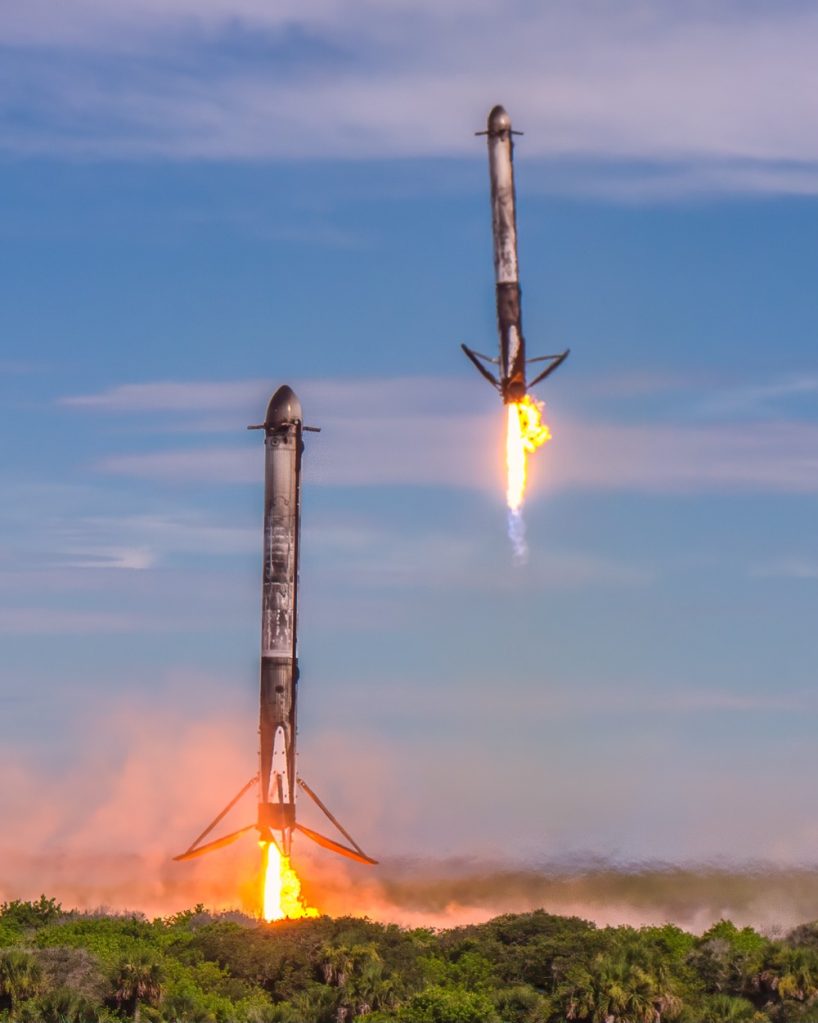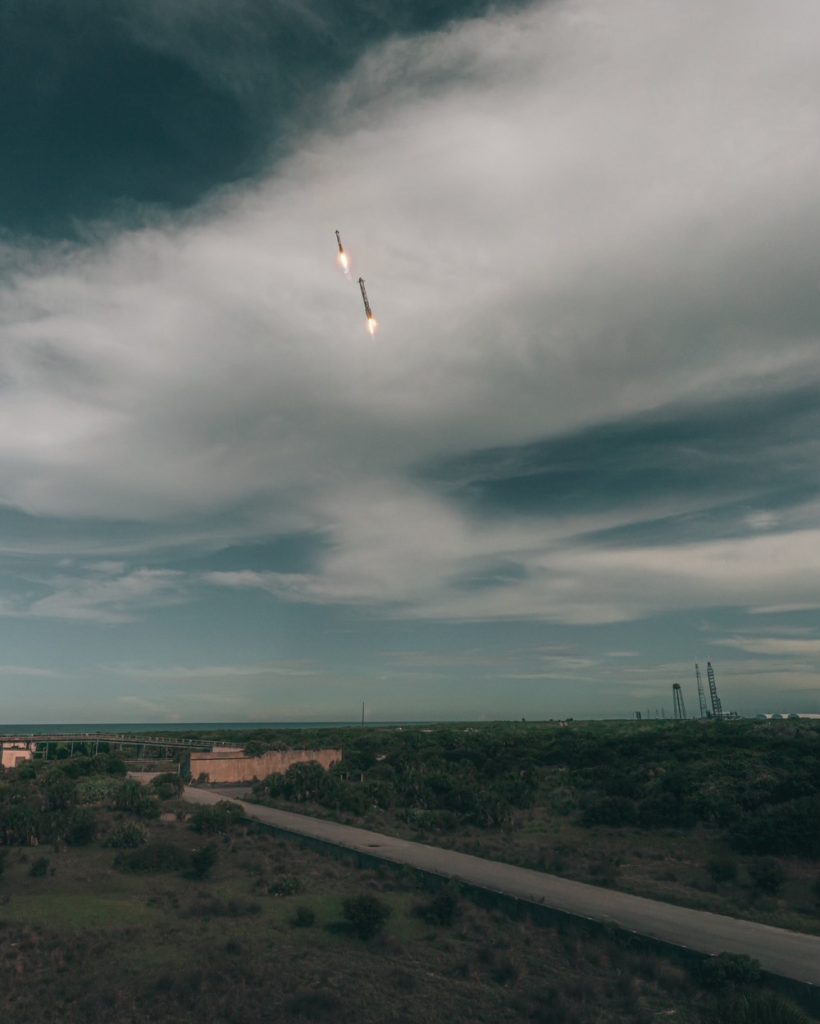
SpaceX launched its first Falcon Heavy of 2024 Tuesday afternoon on a spectacular clear day for all to see. On top was NOAA’s final GOES-R series of weather satellites, GOES-U (here’s an explainer on the names).
It’s been six months since SpaceX launched its Falcon Heavy rocket. In that same time the company has launched over 60 Falcon 9 and two Starship rockets. However the Falcon Heavy can still pull in a crowd, especially when it features double RTLS landings.
Tuesday’s launch was the second Falcon Heavy used by NASA’s Launch Services Program, the part of the agency that assigns missions to rockets based on capabilities. On top of it was GOES-U, a GOES-R class weather satellite that will be replacing the class namesake satellite, currently known as GOES-16.
The satellite will sit in geosynchronous orbit over the eastern coast of the US and Atlantic Ocean, monitoring weather events from Canada down to South America and as far east as the coast of Africa. In a few weeks time, the satellite will enter its final orbit and be renamed from GOES-U to GOES-19.
GOES-16 will then be moved to a holding orbit over the center of the Continental US and be used as a hot spare between the eastern and western satellites (GOES East and GOES West).
Ok, but how did the launch go?
What was suppose to be a suspected scrub due to poor weather turned into a glorious day for a rocket launch. Not far into the two hour window, SpaceX found a time slot that was acceptable for launch and as we expect now from the company, the Falcon Heavy launched without issue.
Given this was a Falcon Heavy, a Falcon 9 rocket with two extra boosters strapped to the side, and it wasn’t a direct to geostationary orbit launch, we got to witness, in my opinion, still the coolest thin in spaceflight: dual booster landings.
The vast majority of SpaceX launches in recent years have been landing on one of the three droneships used by the company. Rarely do we get to see boosters flying back to land now a days.


The payload was successfully deployed into its transfer orbit, were it will now slowly raise its orbit over the next few weeks. NOAA shared that it acquired communication with the spacecraft shortly after launch as it begins the commissioning process of the satellite.
While NOAA operates the spacecraft, it does so jointly with NASA who helps with ground stations, satellite operations, and data distribution. The construction and launch of GOES-U was managed by NASA.
For those hoping to see another Falcon Heavy launch, you’ll have a few months to plan as the next one isn’t scheduled until October. This mission will be NASA’s Europa Clipper mission to the Jupiter’s moon, called Europa.
FTC: We use income earning auto affiliate links. More.



Comments